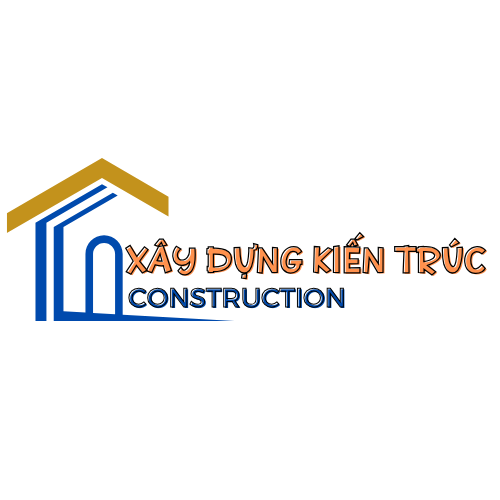Each real estate ad begins with a digital image — and that image has to stand out.
This is where virtual staging software saves the day.
Instead of paying for physical staging, agents can now digitally furnish empty rooms using AI-based tools.
What Is Virtual Staging Software?
Virtual staging is the art of CGI to enhance photos of empty properties.|It’s a way to show buyers visualize living in a home without moving a single object.}
Here’s how it works:
- Provide a room image
- Pick a style
- Add furniture digitally
- Download and share
Platforms like BoxBrownie offer self-service tools with drag-and-drop layouts. Some provide instant renders, while others let you manually arrange each detail.
Why It Works in 2024
Buyers shop online first — no exceptions.
Digitally-staged homes can:
- Look professionally designed
- Spark buyer imagination
- Sell faster
- Avoid hauling furniture around
During price dips, properties with empty photos don’t cut it. Staged ones? They sell themselves.
Features to Look For in Virtual Staging Tools
When choosing virtual staging software, consider:
- Style options: Modern, rustic, or chic — more choices mean better results.
- Photo realism: No one wants cartoonish furniture.
- Ease of use: You shouldn’t need a PhD in Photoshop.
- Value for money: Look for monthly plans that fit your needs.
- Customization tools: Some tools even allow lighting tweaks.
Who Uses Virtual Staging?
House flippers use it for:
- MLS listings
- Listing previews
- Airbnb setups
- Investor pitches
Pros and Cons
✅ Pros:
- Lower-cost alternative to physical staging
- 24-hour delivery possible
- Emotional appeal to buyers
- No logistics
❌ Cons:
- Not physically present
- Disclosure required
- Cheap tools can look fake
Disclosure Rules & MLS Guidelines
Honesty is key. MLS boards and associations often require:
- Watermarks like “Virtually Staged”
- Text disclosure in photo captions
- Clear communication with buyers that furniture is not included
Full disclosure protects you legally and ethically.
Future of Virtual Staging
The tech is evolving fast. Expect:
- One-click room styling
- Clickable hotspots for each area
- AR and VR integration
What used to take a designer hours is now minutes with machine learning.
Top 5 Virtual Staging Software Picks
| Software Best For Price | ||
| BoxBrownie | Photo realism | $24/image |
| VisualStager | DIY, drag-and-drop | $15/photo |
| ApplyDesign | Quick auto-staging | $7–$29/photo |
| RoOomy | VR/AR staging | Contact sales |
| Stuccco | Custom pro staging | $29+/image |
Pro Tips for Realistic Results
- Use natural lighting
- Avoid distortion from phone lenses
- Don’t overcrowd the room
- Focus on lifestyle
- Choose consistent design
Closing Thoughts
Virtual staging has changed the real estate game.
For anyone listing a vacant property, this is your secret weapon.
Try it on one photo — you’ll never go back.
Source: Hashnode.Dev (best Virtual Staging Software)
Many firms have adopted AI with great success.
{For instance, A top property firm from Dubai implemented AI for dynamic pricing and saw a reduction in time-on-market.
Another success story is from a mid-sized agency that utilized data-driven insights to adjust pricing strategies.
They underline the benefits of integrating AI into every stage of the selling process.
## The Future of AI in Real Estate
The future of real estate is closely tied to further advancements in AI.
We can expect to see deeper integration of AI that will bring even more precision and efficiency to real estate transactions.
One emerging trend is combining AI with VR/AR, which will allow buyers to experience properties in an entirely new way.
This synergy may lead to a more trustworthy digital marketplace.
The real estate industry is entering a new era defined by intelligent automation.
For real estate professionals, the future holds tremendous promise.
## Final Thoughts on AI in Real Estate
The impact of AI on real estate is profound, affecting every step from valuation and marketing to customer service and back-office operations.
Those who embrace technology can capitalize on improved efficiency, better customer engagement, and faster sales cycles.
While challenges such as data privacy, implementation costs, and the need for training continue, the benefits of AI far outweigh these hurdles.
In a world where data-driven insights, automation, and personalization are paramount, AI is the catalyst for transformation in real estate selling.
It’s time for real estate professionals to take the leap and reap the rewards of the digital revolution.
Looking ahead, the fusion of AI with real estate is destined to create a smarter, more efficient marketplace.
For those ready to step into the future, the time to act is now.
{In conclusion, AI software is not merely a tool — it is the engine of the future of real estate selling. Embrace the change, harness the power, and watch as your business reaches new heights.
The revolution is here — and it’s powered by AI.
